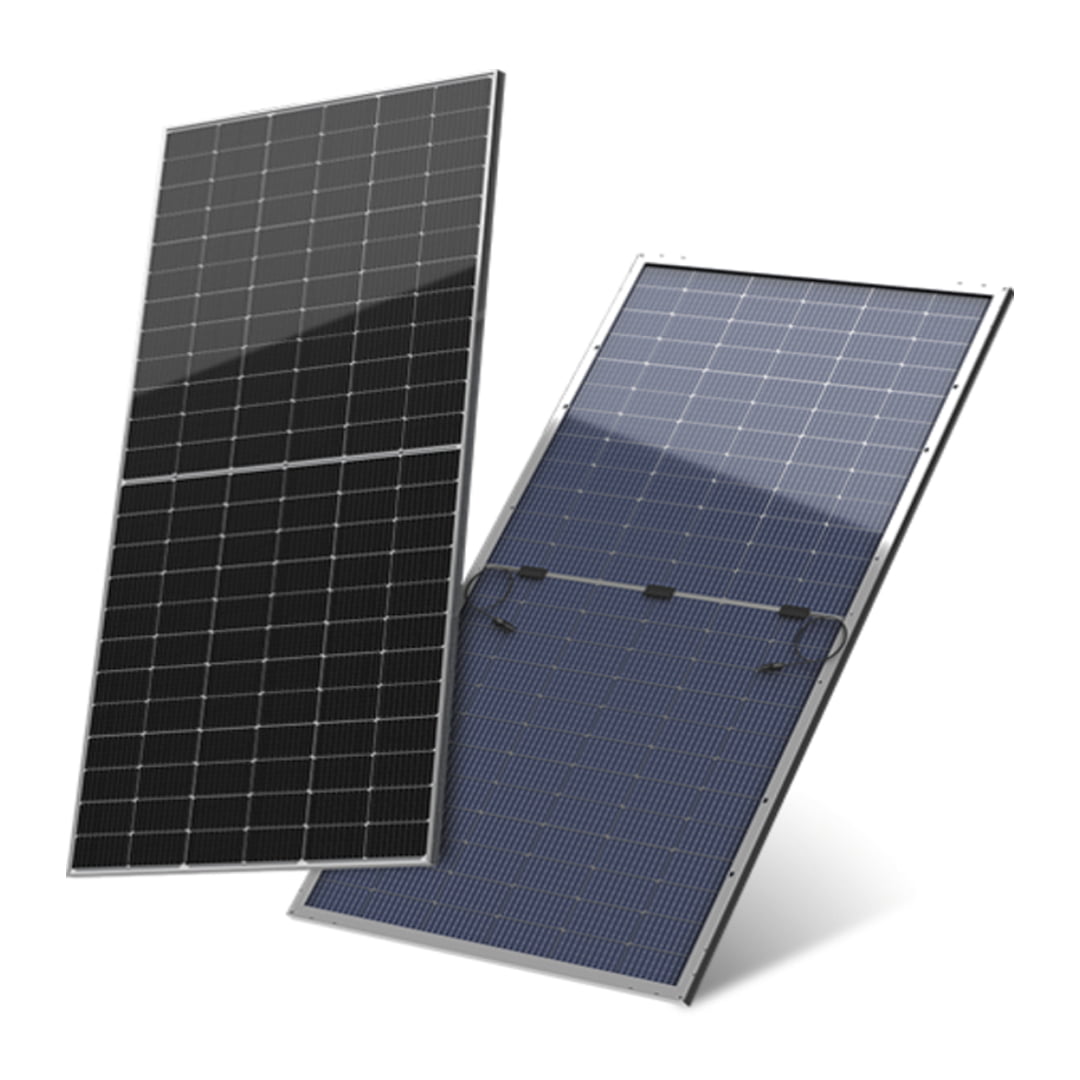No products in the cart.
What Time of Day Do Solar Panels Start Working?
Harnessing renewable energy, solar panels are a growingly popular option for homes and companies looking to lower their carbon footprint and save their running costs. Still, many individuals are interested in the exact specifics of solar panel operation, especially when they begin producing daytime electricity. Knowing when solar panel activity occurs will enable you to maximize the sun’s power and optimize your solar energy system. This post will go over when solar panels begin to operate and the elements affecting their performance all day.
How Solar Panels Generate Electricity
Knowing how solar panels create power can help one know when they start working. Photovoltaic (PV) cells within solar panels translate sunlight into electricity. Sunlight-exciting electrons in the PV cells generate an electric current. An inverter subsequently turns this direct current (DC) into alternating current (AC), which is suitable for use in your house or company.
When Do Solar Panels Start Working?
Solar panels operate as soon as sunshine is present, starting at daybreak. However, the low angle of the sun and the lower intensity of sunlight mean that the power generation at this time is meager. The performance of solar panels varies daily as follows:
Early Morning (Dawn to 8 AM)
- Sunrise: Though the output is minimal, solar panels create electricity as soon as the sun rises. The sun is low in angle during this time, and the less direct sunlight decreases power generation.
- Output: Early morning hours should show relatively low energy output, usually less than 10% of the system’s capacity.
Mid-morning (8 AM to 10 AM)
- Sun Elevation: The solar panels’ efficiency grows as the sun rises higher in the sky since the angle of sunlight gets more direct.
- Output: By late morning, solar panels running at roughly 30% to 50% of their capacity start to ramp up energy output.
Late Morning to Early Afternoon (10 AM to 2 PM)
- Peak Sunlight: Usually, this season marks solar panel peak performance. The sun is the highest in the sky, and its most direct sunlight maximizes the produced electricity.
- Output: Solar panels Usually reach their peak performance in these hours, generating 80% to 100% of their capacity. The generation of energy depends most critically on this period.
Late Afternoon (2 PM to 4 PM)
- Sun Decline: Sunlight’s angle gets less direct when it starts to drop; hence its intensity also drops.
- Output: Usually declining to 50% to 70% of the system’s capacity by late afternoon, energy generation starts to drop.
Evening (4 PM to Sunset)
- Sunset: Solar panels generate electricity until the sun sets, but the output significantly diminishes as the sun gets lower.
- Output: By late evening, energy production drops to minimal levels, similar to the early morning output.
Factors Influencing Solar Panel Performance Throughout the Day
Although the time of day is a significant determinant of when solar panels turn on and their generated power level, other elements also influence these aspects:
Weather Conditions
- Cloud Cover: Overcast clouds can lessen the sunlight reaching the solar panels, thus lowering energy output. Nevertheless, on overcast days, solar panels can still provide some electricity.
- Temperature: Solar panels are more efficient at lower temperatures. Too much heat can reduce their effectiveness; optimal performance occurs on sunny but chilly days.
Location and Orientation
- Geographic Location: Your location controls the angle and sunshine intensity throughout the day. Year-round, regions nearer the equator get more direct sunshine; areas further from the equator could see more variance in solar energy availability.
- Panel Orientation and Tilt: The performance of your solar panels will be much influenced by their installation direction and angle. To maximize sunlight, panels in the northern hemisphere should preferably face south and in the southern hemisphere north.
Seasonal Variations
- Summer vs. Winter: Increased solar panel performance results from longer days and higher sun position in the summer sky. By contrast, shorter days and a lower light angle in winter provide less energy.
Maximizing Solar Panel Efficiency Throughout the Day
To make the most of your solar panels, consider the following tips:
- Optimal Orientation: Ensure your solar panels are orientated and tilted correctly to gather the most sunlight throughout the day.
- Regular Maintenance: To guarantee your solar panels run at maximum efficiency, keep them clean and clear of trash.
- Energy Storage: Investing in a battery storage system can help you save extra energy produced during maximum solar hours for usage in the evening or under cloud cover.
- Smart Energy Management: Using high-energy-consuming appliances during peak sunshine will help you maximize solar-generated electricity use.
Conclusion: Making the Most of Solar Power
Solar panels create electricity beginning as soon as the sun rises and running until dusk. Their performance changes during the day, though; peak energy output occurs in the late morning and early afternoon. Understanding these trends and adjusting your solar panel system can help you maximize energy generation and experience the advantages of solar electricity.
Our specialty at Smart Solar Expert is creating and installing solar panel systems that fit your particular requirements and area. Whether your agricultural activities, business, or house needs power, our staff can assist you to properly and reasonably utilize solar energy. Get in touch right now to find out more about how solar power can fit you.










Add comment